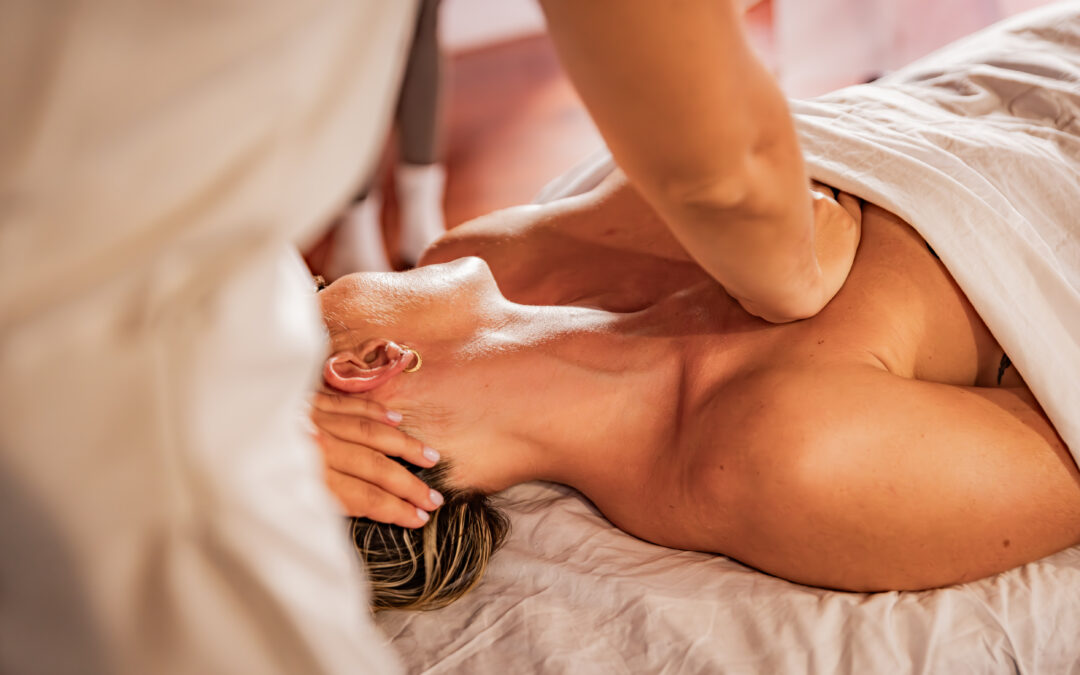10 essential ways to a life-changing practice: daily gratitude

Most of us know it’s important to express thanks to the people who help us, or silently acknowledge the things we are grateful for in life. Research has linked gratitude with a wide range of benefits, including strengthening your immune system and improving sleep patterns, feeling optimistic and experiencing more joy and pleasure, being more helpful and generous, and feeling less lonely and isolated.
We have prepared a list of 10 Gratitude Practices to help you rewire your brain for more joy and less stress in your life. As Jon Kabat-Zinn* says, “The little things? The little moments? They aren’t little.” Saying thank you, holding the door for someone, these little moments can change the tone of your whole day.
One of the most powerful ways to rewire your brain for more joy and less stress is to focus on gratitude. Here are 10 simple ways to become more grateful:
1. Keep a Gratitude Journal. Establish a daily practice in which you remind yourself of the gifts, grace, benefits and good things you enjoy. Recalling moments of gratitude associated with ordinary events, your personal attributes, or valued people in your life gives you the potential to interweave a sustainable theme of gratefulness into your life.
2. Remember the Bad. To be grateful in your current state, it is helpful to remember the hard times that you once experienced. When you remember how difficult life used to be and how far you have come, you set up an explicit contrast in your mind, and this contrast is fertile ground for gratefulness.
3. Ask Yourself Three Questions. Meditate on your relationships with parents, friends, siblings, work associates, children, and partners using these three questions: “What have I received from __?”, “What have I given to __?”, and “What troubles and difficulty have I caused?”
4. Share Your Gratitude with Others. Research has found that expressing gratitude can strengthen relationships. So the next time your partner, friend or family member does something you appreciate, be sure to let them know.
5. Come to Your Senses. Through our senses—the ability to touch, see, smell, taste, and hear—we gain an appreciation of what it means to be human and of what an incredible miracle it is to be alive. Seen through the lens of gratitude, the human body is not only a miraculous construction but also a gift.
6. Use Visual Reminders. Because the two primary obstacles to gratefulness are forgetfulness and a lack of mindful awareness, visual reminders can serve as cues to trigger thoughts of gratitude. Often times, the best visual reminders are other people.
7. Make a Vow to Practice Gratitude. Research shows that making an oath to perform a behaviour increases the likelihood that the action will be executed. Therefore, write your own gratitude vow, which could be as simple as “I vow to count my blessings each day,” and post it somewhere where you will be reminded of it every day.
8. Watch Your Language. Grateful people have a particular linguistic style that uses the language of gifts, givers, blessings, blessed, fortune, fortunate, and abundance. In gratitude, you should not focus on how inherently good you are, but rather on the inherently good things that others have done on your behalf.
9. Go Through the Motions. Grateful motions include smiling, saying thank you, and writing letters of gratitude. By “going through grateful motions,” you’ll trigger the emotion of gratitude more often.
10. Think Outside the Box. If you want to make the most out of opportunities to flex your gratitude muscles, you must look creatively for new situations and circumstances in which to feel grateful. Please share the creative ways you’ve found to help you practice gratitude.
Building your capacity for gratitude isn’t difficult. It just takes practice. The more you can bring your attention to that which you feel grateful for, the more you’ll notice to feel grateful for!
Source:
https://www.mindful.org/an-introduction-to-mindful-gratitude/
https://en.wikipedia.org/wiki/Jon_Kabat-Zinn
* Jon Kabat-Zinn (born Jon Kabat, June 5, 1944) is an American professor emeritus of medicine and the creator of the Stress Reduction Clinic and the Center for Mindfulness in Medicine, Health Care, and Society at the University of Massachusetts Medical School. Kabat-Zinn was a student of Zen Buddhist teachers such as Philip Kapleau, Thich Nhat Hanh and Seung Sahn and a founding member of Cambridge Zen Center. His practice of yoga and studies with Buddhist teachers led him to integrate their teachings with scientific findings. He teaches mindfulness, which he says can help people cope with stress, anxiety, pain, and illness. The stress reduction program created by Kabat-Zinn, mindfulness-based stress reduction (MBSR), is offered by medical centres, hospitals, and health maintenance organizations, and is described in his book “Full Catastrophe Living.”
LATEST POSTS
Browse the most interesting updates in the market of luxury yachts eco toiletries. Subscribe to our Newsletter for more info!

Rosé Wines for Luxury Yachts: The Ultimate Summer Pairing
There’s no better match for a sun-soaked yacht experience than a glass of chilled rosé wine. Rosé wines for luxury yachts aren’t just a trend—they're a lifestyle statement. With their refreshing character, elegant color, and wide food pairability, rosés have become...

The Fascinating World of Riesling: History, Characteristics, and Pairings
Vineyard of Riesling, a variety or caste of white grape originating in the Rhine region of Germany. A BIT OF HISTORY The first documented mention of the Riesling grape dates back to 1435 in Germany, specifically in the Rhine region. Since then, it has been...

Elevate Your Yacht Spa Experience: A Guide to Performing a Bamford Facial
Laura is a seasoned Spa Therapist from Spain with over a decade of experience in wellness and four years in the yachting industry. She is passionate about empowering spa stews through her innovative massage techniques and dedicated training retreats. Follow her...
